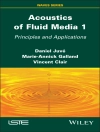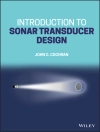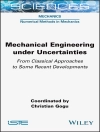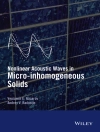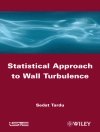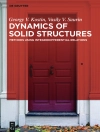This book presents several new findings in the field of turbulent duct flows, which are important for a range of industrial applications. It presents both high-quality experiments and cutting-edge numerical simulations, providing a level of insight and rigour rarely found in Ph D theses.
The scientific advancements concern the effect of the Earth’s rotation on large duct flows, the experimental confirmation of marginal turbulence in a pressure-driven square duct flow (previously only predicted in simulations), the identification of similar marginal turbulence in wall-driven flows using simulations (for the first time by any means) and, on a separate but related topic, a comprehensive experimental study on the phenomenon of drag reduction via polymer additives in turbulent duct flows.
In turn, the work on drag reduction resulted in a correlation that provides a quantitative prediction of drag reduction based on a single, measurable material property of the polymer solution, regardless of the flow geometry or concentration. The first correlation of its kind, it represents an important advancement from both a scientific and practical perspective.
Tabela de Conteúdo
Introduction.- Literature Review and background theory.- Experimental Methods.- Numerical Methods.- Turbulent Pressure-Driven Flow in a Square Duct at Low Reynolds Numbers.- Turbulent Wall-Driven Flows.- Turbulent Duct Flows with Polymer Additives.- Conclusions and Recommendations.
Sobre o autor
Bayode Owolabi is a postdoctoral fellow at the University of Alberta in Canada. He completed a bachelor’s degree in Mechanical Engineering at the Federal University of Technology Akure Nigeria in 2010, after which he was awarded a Commonwealth scholarship for a master’s degree in Energy Generation at the University of Liverpool. In 2015, Bayode was enrolled on the dual Ph D programme between the University of Liverpool and National Tsing Hua University Taiwan, and successfully defended his thesis in December 2018. His research interests include wall-bounded turbulent flows, transition to turbulence, polymer drag reduction and rheology.


